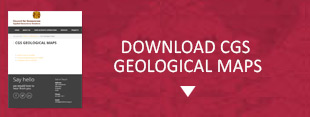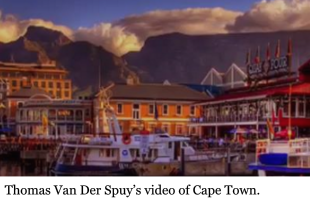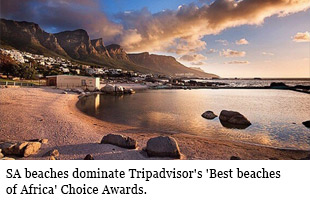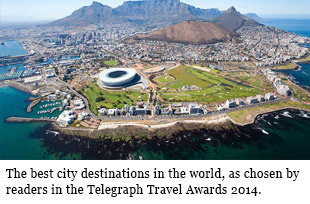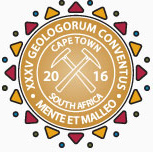
35TH INTERNATIONAL GEOLOGICAL CONGRESS
27 AUGUST - 4 SEPTEMBER 2016 | CAPE TOWN, SOUTH AFRICA
Sponsors
Keystone Sponsor


Diamond Sponsor


Gold Sponsor


Silver Sponsor
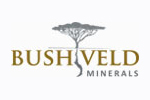


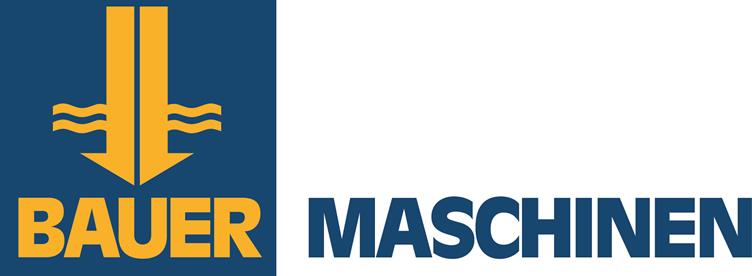




Business Centre Sponsor


Publication Sponsor




Social Function


Plenary Speaker Sponsor


Speaker Gift Sponsor


Post Graduate Fund


Registration


Welcome Drinks


Lunch Time Drinks


Publication &
35 IGC SAGPGF
35 IGC SAGPGF

35 IGC SAGPGF




MY IGC APP


Symposium Sponsor

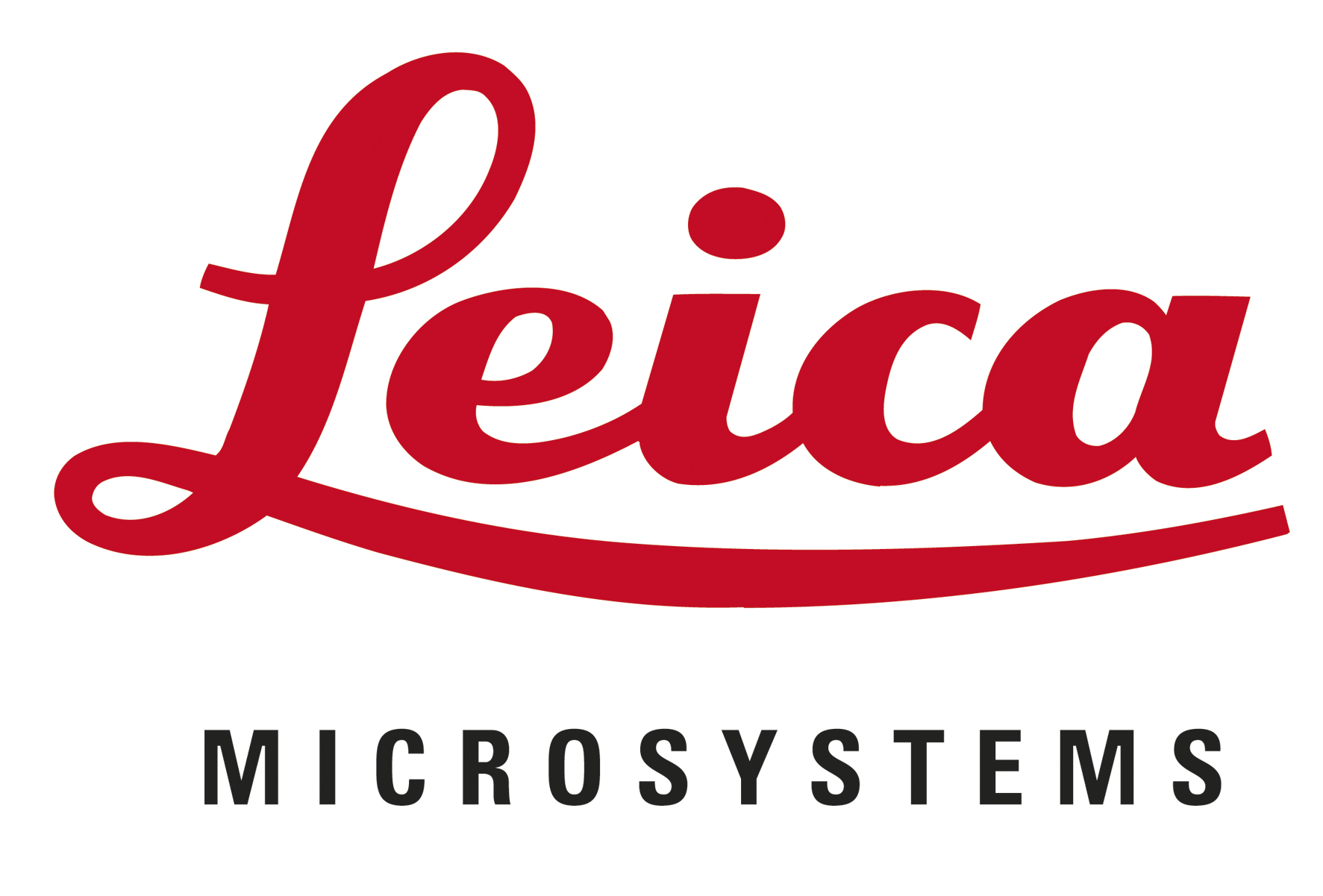


Audit Sponsor
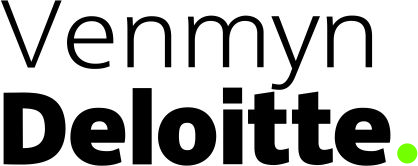

35TH INTERNATIONAL GEOLOGICAL CONGRESS
27 AUGUST - 4 SEPTEMBER 2016 | CAPE TOWN, SOUTH AFRICA
My IGC
Symposium Details
| Title | Description | Convenors |
|---|---|---|
| Challenges in ultrahigh-temperature (UHT) granulite metamorphism and crustal melting | Information about the evolving thermal structure of the crust during orogenesis is encoded in the microstructures, mineral assemblages and mineral compositions of igneous and metamorphic rocks. This information may be inverted through equilibrium thermodynamic methods to provide quantitative estimates of the P (pressure)–T (temperature) evolution. If P–T is linked to time (t) via well-constrained geochronology, then these data parameterize orogenesis. For near-solidus metamorphic rocks, the P–T conditions retrieved are generally consistent with estimates of heat flow into the lithosphere and average values of crustal heat production. However, UHT metamorphic rocks, those preserving evidence of T >900 ºC in the stability field of sillimanite and apparent thermal gradients >1000 °C/GPa, pose unique challenges in determining the P–T–t evolution and are more demanding to explain. Current geodynamic models of orogenesis do not typically predict such extreme apparent thermal gradients. One-dimensional numerical modeling of thermal histories suggests that a high internal concentration of heat producing elements combined with a low rate of erosion may be sufficient to power UHT metamorphism. This contrasts with popular mechanisms proposed in the literature, such as ridge subduction and slab breakoff. This session will advance our understanding of granulites and crustal melting, particularly at UHT metamorphic conditions. Thus, the focus will be on issues related to melting and melt loss, quantifying the P–T conditions and P–T paths of UHT granulites, linking geochronology to points along the P–T path in these rocks and solving the thermal conundrum that UHT metamorphism poses. | Michael Brown, Mark Caddick, Chris Clark and Johann Diener |
 Field trips
Field trips  Sponsorship & expo
Sponsorship & expo  Registration
Registration Tours
Tours  Promotion
Promotion 

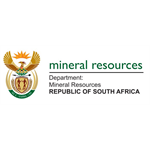












 Conference Programme
Conference Programme  Field trips
Field trips  Sponsorship & expo
Sponsorship & expo  Volunteer
Volunteer  GeoHost
GeoHost  Registration
Registration Tours
Tours  Promotion
Promotion  Publications
Publications


